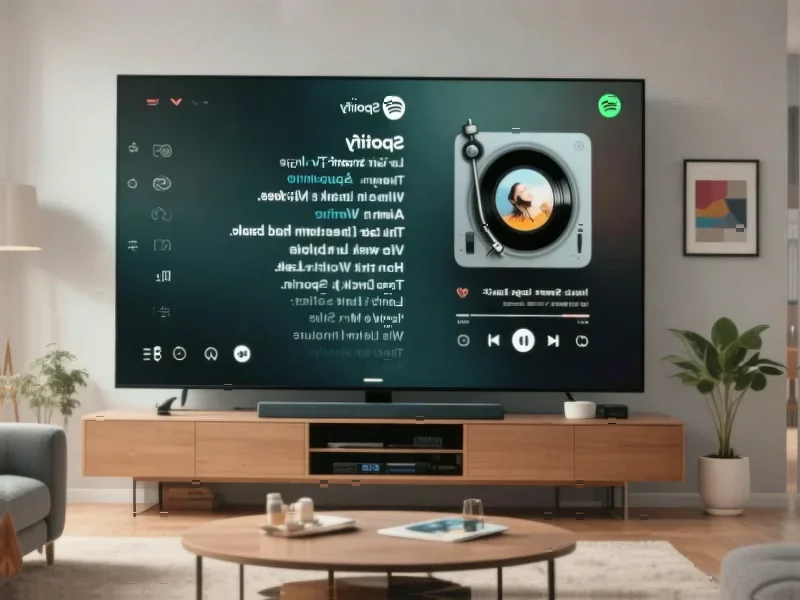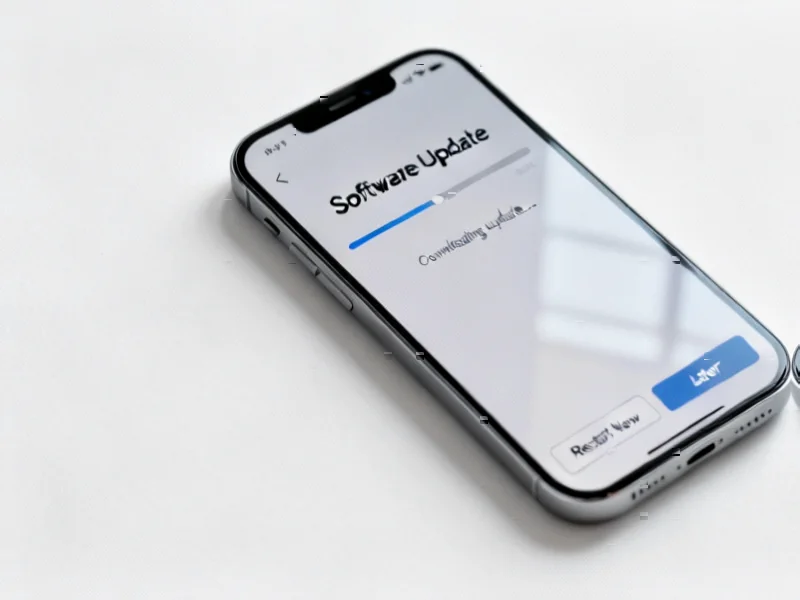According to The Verge, Apple has introduced a new intro sound and video for its recently rebranded Apple TV streaming service, which dropped the “Plus” from its name last month. The audio was composed by Finneas, Billie Eilish’s brother and producing partner, who describes it as a “mnemonic” designed to be heard repeatedly during binge-watching sessions without becoming annoying. Finneas revealed there are three distinct versions: a five-second main version for television episodes, a one-second sting for movie trailers, and a 12-second theatrical version for Apple Studios films shown in cinemas. The new audio accompanies an animated multi-colored Apple TV logo that has been appearing across Apple’s ecosystem, marking a comprehensive rebrand of the streaming service’s identity.
The Strategic Shift in Streaming Audio Branding
Apple’s investment in custom audio branding represents a sophisticated evolution in streaming platform strategy. While Netflix’s iconic “ta-dum” sound has become instantly recognizable globally, most streaming services have treated audio as an afterthought. Apple’s approach with Finneas—a Grammy-winning producer with mainstream credibility—signals that audio identity is becoming a crucial differentiator in an increasingly crowded market. The decision to create three distinct versions shows remarkable attention to contextual branding, recognizing that the same audio cue shouldn’t play identically in a living room versus a movie theater. This level of audio sophistication has traditionally been the domain of film studios and television networks, not streaming platforms.
Competitive Implications in the Streaming Landscape
The timing of this audio rebrand coincides with significant market consolidation and subscriber fatigue across streaming services. As platforms like Netflix and Disney+ focus on content volume, Apple is doubling down on premium branding and sensory experience. The Finneas-composed mnemonic serves as what marketing experts call “sonic branding”—an audio equivalent to visual logos that builds subconscious recognition. For Apple TV, which operates at the premium end of the market with higher price points than many competitors, this audio identity reinforces their positioning as a quality-first service. It’s a subtle but powerful way to differentiate from Amazon Prime Video’s more utilitarian approach and Netflix’s volume-focused strategy.
The Psychology of Repeated Audio Cues
Finneas’s comment about the sound needing to function like “the bite of ginger between rolls” reveals sophisticated understanding of auditory psychology in media consumption. The challenge with binge-watching culture is that repetitive elements can quickly become irritating—what psychologists call semantic satiation. A well-designed mnemonic must be distinctive enough to build brand recognition while subtle enough to avoid viewer fatigue. The five-second television version and one-second sting represent different psychological functions: one establishes mood and expectation, while the other serves as a quick brand reminder. This nuanced approach suggests Apple understands that audio branding isn’t one-size-fits-all across different viewing contexts.
Broader Industry Trends and Future Implications
Apple’s audio investment likely signals the beginning of a broader trend in streaming differentiation. As content libraries become increasingly similar across platforms—with many shows and movies licensed across multiple services—platforms must find new ways to build loyalty. Sensory branding through custom audio, haptic feedback in apps, and distinctive visual design will become increasingly important competitive tools. We may soon see other streaming services following Apple’s lead by commissioning original audio identities from prominent musicians and composers. For consumers, this could mean more polished, cohesive platform experiences, but also potentially more sophisticated psychological branding techniques designed to build habitual platform usage.
Strategic Market Positioning Through Sensory Branding
Apple’s approach positions Apple TV as not just another streaming service, but as a premium media brand with the same attention to detail as its hardware products. The multi-sensory rebrand—combining visual logo updates with custom audio—creates a cohesive brand experience that extends from device interfaces to content itself. This holistic approach is classic Apple strategy: they’re not just selling access to content; they’re selling an ecosystem. As streaming services increasingly compete on user experience rather than just content libraries, these subtle branding elements may become decisive factors in subscriber retention and platform preference, particularly among younger audiences who value cohesive brand identities across touchpoints.





I don’t think the title of your article matches the content lol. Just kidding, mainly because I had some doubts after reading the article.